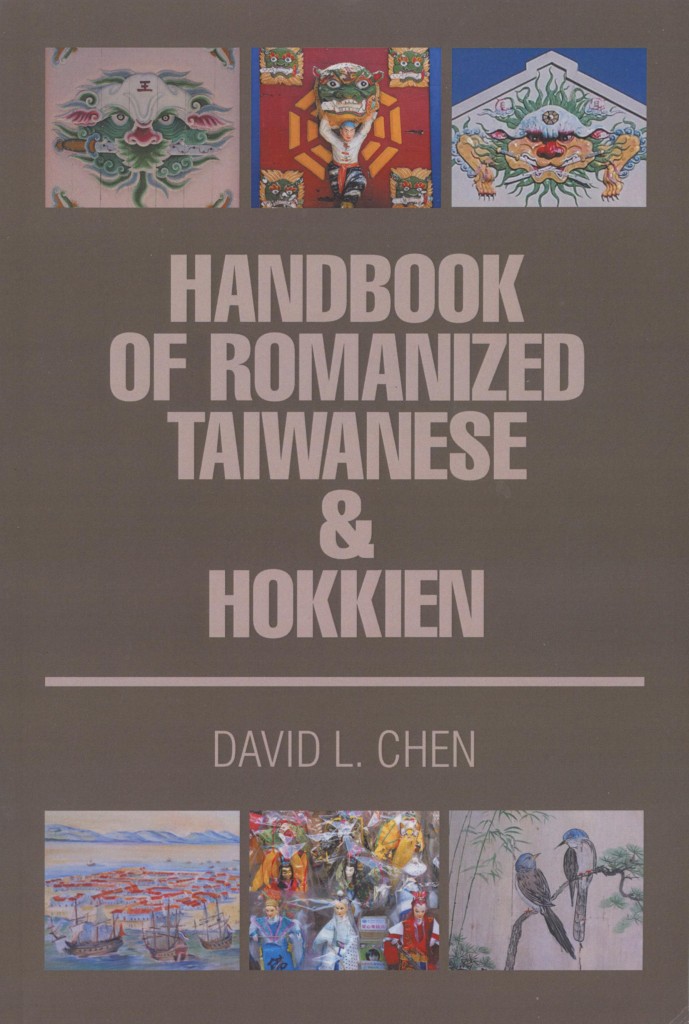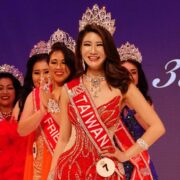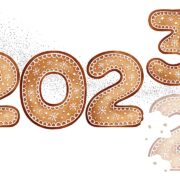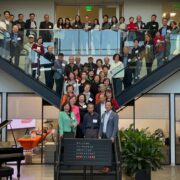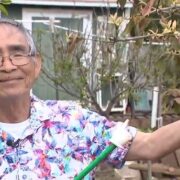Handbook of Romanized Taiwanese & Hokkien
David L. Chen
PREFACE
There are limiting beliefs that Taiwanese and related Hokkien dialects are just spoken and not written, and that Taiwanese can only be passed down orally from one generation to the next. Historically, this was the case in China, Taiwan, and Insular Southeast Asia where Taiwanese and Hokkien peoples reside. Romanization in Hokkien began in the early 1800s with the work of Spanish and English missionaries with Hokkien-speaking Chinese communities in Insular Southeast Asia (Philippines, Malaya) that was later brought to Amoy (Xiamen) in Fujian Province, China and eventually to Taiwan by the mid-1800s. Taiwanese and Amoy Hokkien are considered to be the standard Hokkien dialects. However, unlike the English language, Taiwanese and Amoy Hokkien do not have official language status anywhere, and there are several methods of Taiwanese Romanization that currently exist. Taiwanese language resources are primarily available for Mandarin and to a lesser extent English and Japanese. Most of the English resources for Taiwanese/Hokkien are from the 1970s and earlier, and are currently out-of- print (Note: Taiwanese and Hokkien immigration to United States and Canada only began in the late l%0s). The latest trend in Taiwanese/Hokkien language resources, cater to Vietnamese and Indonesian-speaking laborers who are currently working in Taiwan. Romanization methods differ from one another in spelling of syllables and in tone diacritics (markers). In some Romanization methods, syllable/tone combinations correlate directly with the the written Chinese characters and have tone changing rules or tone sandhi, that are required for reading. Other Romanization methods account for tone sandhi in their spelling, and are strictly for practice in speaking and reading aloud.
David L. Chen is a Taiwanese American whose family immigrated to United States in the mid-1970’s when he was almost two years old. He was exposed to both Taiwanese and Mandarin languages growing up. Growing up In a Taiwanese American community reinforced the importance of cultural identity and language. His first foreign language was Mandarin during the elementary and junior high school years through Saturday Mandarin “Chinese” schools, which became popular in the 1980*s and are now mainstream. These classes introduced him to basic Chinese language grammar structure and the Importance of written traditional Chinese characters, phonetics, and tones. Learning Standard Mandarin and written Chinese characters provided him language tools that he applied when visiting relatives in Taiwan. He took Japanese language in high school for his foreign language requirement and also applied the tools he learned from the previous Mandarin courses. He obtained a Bachelors of Science in Civil & Environmental Engineering from University of Washington (UW) and later obtained his Masters of Science in Civil & Environmental Engineering from University of California, Irvine (UCI) where he also took some freshman Mandarin courses. He always recognized Taiwanese language as the mother tongue of Taiwanese people, especially communities overseas, and is currently applying his language experiences from learning Mandarin and Japanese to developing Taiwanese language materials for overseas Taiwanese youth. He is currently resides In Southern California.
Posted in 2015/04

